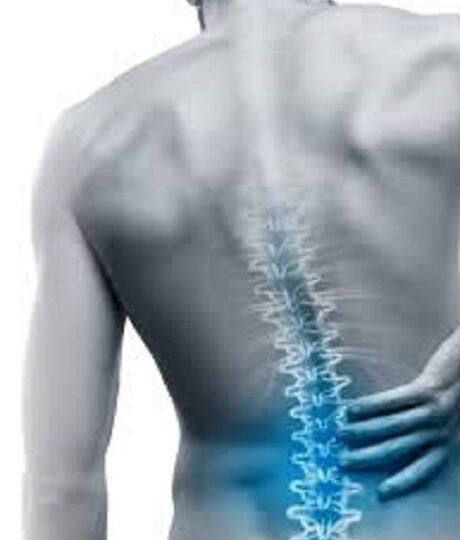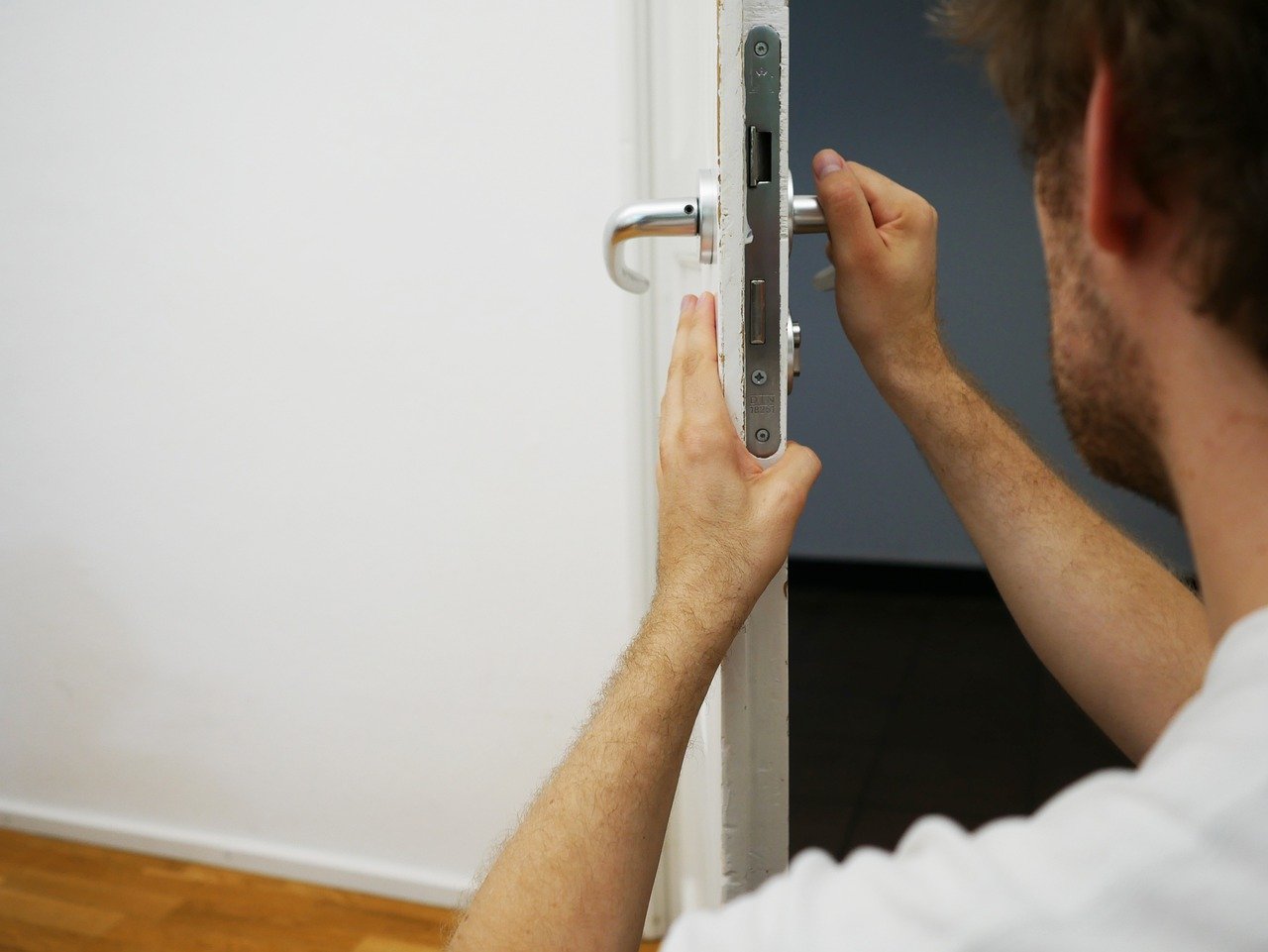Back Pain Explained: A Comprehensive Guide to Diagnosis and Management
June 11, 2024 | by novadubois

Back pain is a prevalent issue affecting millions of people worldwide, often disrupting daily life and reducing overall quality of life. In this comprehensive guide, we delve into the causes, diagnosis, and management of back pain to provide you with the essential knowledge needed to address this common ailment effectively.
Understanding the Causes of Back Pain
Mechanical Problems and Muscular Issues
Mechanical problems and muscle-related issues are among the most common causes of back pain. Muscle strains, ligament sprains, and spinal misalignments can result from poor posture, improper lifting techniques, and sudden awkward movements. Herniated discs and degenerative disc disease also fall under this category, where the discs that cushion the vertebrae deteriorate or bulge, causing pain and discomfort.
Prosoma 500 is a muscle relaxant medication containing the active ingredient carisoprodol tablets. It’s a muscle relaxant used for sudden aches and pains in the muscles and joints, especially those caused by spasms. Used to treat and provide immediate assistance to people suffering from various agonizing ailments. It is also used to treat chronic pain that is difficult to manage with other medications.
Structural Irregularities
Structural abnormalities such as scoliosis, a condition where the spine curves abnormally, can lead to significant back pain. Other structural issues include kyphosis and lordosis, which refer to excessive outward or inward spinal curves, respectively. These irregularities can exert pressure on spinal nerves and muscles, resulting in chronic pain.
Inflammatory and Infectious Conditions
Inflammatory conditions like arthritis and spondylitis cause inflammation of the spinal joints, leading to stiffness and pain. Infections such as osteomyelitis, which affects the bones, and discitis, which affects the intervertebral discs, can also be sources of severe back pain.
Pain O Soma 500 is a muscle relaxant, for the relief of discomfort associated with acute, painful musculoskeletal conditions. PainOSoma Tablet works by altering the signals from spinal cord and brain thus relaxing muscles. It blocks pain sensations between the nerves and the brain. Here are some mild side effects you may experience while using Pain O Soma 500mg tablets like Nausea, Headache, Sleepiness, Skin irritations etc.
Osteoporosis
Osteoporosis weakens bones, making them fragile and more susceptible to fractures. Vertebral fractures can occur even with minor stresses or falls, causing acute or chronic back pain. This condition is particularly prevalent among older adults and postmenopausal women.
Lifestyle Factors
Sedentary lifestyles, obesity, and poor physical conditioning contribute significantly to back pain. Lack of regular exercise weakens muscles, particularly those supporting the spine, while excess body weight puts additional strain on the back. Stress and poor mental health can also exacerbate back pain, creating a cycle of discomfort and inactivity.
Diagnosing Back Pain
Medical History and Physical Examination
A thorough medical history and physical examination are crucial in diagnosing the underlying cause of back pain. Physicians will inquire about the onset, duration, and nature of the pain, as well as any accompanying symptoms like numbness or weakness. A physical examination helps assess posture, range of motion, and reflexes.
Imaging Techniques
X-rays, CT scans, and MRI scans are essential imaging tools that provide detailed views of the spine and surrounding tissues. These techniques help identify fractures, disc abnormalities, and structural irregularities. Bone scans and ultrasounds can also be used to detect bone disorders and soft tissue injuries.
Laboratory Tests
In cases where an infection or inflammatory condition is suspected, laboratory tests such as blood tests and urine tests can provide valuable information. Elevated markers of inflammation, such as ESR and CRP, can indicate an ongoing inflammatory process.
Electrodiagnostic Studies
Electromyography (EMG) and nerve conduction studies help evaluate the electrical activity of muscles and the function of peripheral nerves. These tests are particularly useful in diagnosing nerve-related issues like sciatica and radiculopathy.
Management and Treatment of Back Pain
Conservative Treatments
Physical Therapy
Physical therapy is often the first line of treatment for back pain. A tailored exercise program can strengthen core muscles, improve flexibility, and correct posture. Manual therapy, including spinal manipulation and mobilization, can also provide relief.
Medications
Nonsteroidal anti-inflammatory drugs (NSAIDs), muscle relaxants, and analgesics are commonly prescribed to manage pain and reduce inflammation. For severe pain, short-term use of opioids may be considered, though these carry risks of dependence and side effects.
Heat and Cold Therapy
Applying heat or cold packs can alleviate pain and reduce inflammation. Heat therapy helps relax tense muscles, while cold therapy can numb sharp pain and reduce swelling.
Lifestyle Modifications
Adopting a healthier lifestyle can significantly impact the management of back pain. Regular exercise, maintaining a healthy weight, and practicing good posture are crucial steps. Ergonomic adjustments at work and home can also prevent unnecessary strain on the back.
Advanced Treatments
Injections
Epidural steroid injections and nerve blocks can provide significant pain relief for conditions like sciatica and spinal stenosis. These injections reduce inflammation and interrupt pain signals, offering temporary relief.
Surgical Interventions
Surgery is considered when conservative treatments fail to provide relief, or when there is a significant structural problem. Discectomy, laminectomy, and spinal fusion are common surgical procedures aimed at relieving pressure on nerves and stabilizing the spine.
Alternative Therapies
Alternative treatments like acupuncture, chiropractic care, and massage therapy have shown efficacy in managing back pain. Cognitive-behavioral therapy (CBT) can also help patients cope with chronic pain by addressing the psychological aspects of pain management.
Preventing Back Pain
Exercise Regularly
Engaging in regular physical activity strengthens the muscles that support the spine, enhances flexibility, and improves overall fitness. Exercises like swimming, walking, and yoga are particularly beneficial for maintaining spinal health.
Maintain a Healthy Weight
Keeping a healthy weight reduces the strain on your back and helps prevent pain. A balanced diet rich in calcium and vitamin D supports bone health, reducing the risk of osteoporosis.
Practice Good Posture
Maintaining good posture while sitting, standing, and lifting can prevent unnecessary stress on the spine. Use ergonomic furniture and take frequent breaks to stretch and move around.
Quit Smoking
Smoking can impair blood flow to the spine and increase the risk of degenerative spinal conditions. Quitting smoking improves overall health and reduces the risk of back pain.
Use Proper Lifting Techniques
When lifting heavy objects, use your legs to bear the weight rather than your back. Keep the object close to your body and avoid twisting movements.
Conclusion
Back pain, while common, can be effectively managed and prevented through a combination of lifestyle modifications, conservative treatments, and, when necessary, advanced medical interventions. Understanding the root causes of back pain and seeking appropriate care can lead to significant improvements in quality of life.
RELATED POSTS
View all


